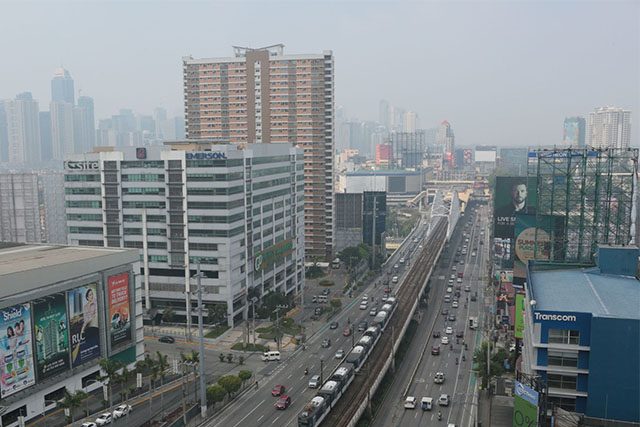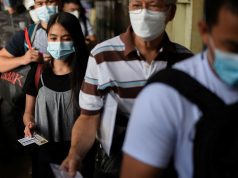
The country has been ranking low in the international community recently.
This was the observation of local social media users after it was reported that the Philippines was among the top ten dangerous countries for workers as revealed by the International Trade Union Confederation (ITUC).
ITUC’s 2021 Global Rights Index ranked 149 countries on the degree of respect for workers’ rights and found out that abuses were at an all-time high against them since it started its documentation.
These include the “abuses of the right to strike, the right to establish and join a trade union, the right to trade union activities and civil liberties and the right to free speech and assembly.”
The Philippines was mentioned in one of its key findings which listed down countries with murdered trade unionists, along with Brazil, Colombia, Guatemala, Myanmar and Nigeria.
“The COVID-19 pandemic has devastated jobs, communities and lives. The Global Rights Index exposes a shameful roll call of governments and companies that have pursued an anti-union agenda in the face of workers who have stood on the front line providing essential work to keep economies and communities functioning,” ITUC General Secretary Sharan Burrow said.
“Governments and employers exploited the pandemic to exploit the people the world depends on by increasing surveillance, breaking agreements, laying off workers, blocking and intimidating unions and resorting to violence and murder,” she added.
Filipino labor group Sentro ng mga Nagkakaisa at Progresibong Manggagawa reportedly said that there were seven murdered leaders of trade unionists under the administration from March 2020 to April 2021.
ITUC’s findings prompted some local online users to recall other instances in which the Philippines ranked poorly in the international community.
“Last week, one of the worst performers in COVID-19. Kahapon, worst education. Today, worst countries for workers. Talking about grand slam in all achievements ah,” a Facebook user commented with sarcasm.
“Pabagsak na talaga ang Pilipinas,” another online user wrote in response to the report, citing other instances when the country had a low ranking.
“Puro low ranking lately from international reports. Ayaw mag-‘assess’ what went wrong,” a different Filipino likewise commented.
It was also recently reported by the World Bank that more than 80% of students in the Philippines do not meet the learning standards expected in their grade level.
It also said that the Filipino students’ poor performance was deeply rooted in limited proficiency in languages. Its findings further said that there is an “unacceptably poor school climate, with high levels of bullying” in Philippine schools.
The data were based on three global assessments from 2018 to 2019 which all showed the Southeast Asian country performing poorly.
Education Secretary Leonor Briones said that she expects the international institution to offer a “public apology” to the country following the education report.
“If you will report about a country, they have to know what you will be releasing about them,” she said.
The Philippines also recently ranked low in Bloomberg‘s Covid Resilience Ranking, placing 52nd out of 53 countries.
The report took note of “the best and worst places to be as the world finally reopens.”
Health Secretary Francisco Duque III found the ranking “very unfair” and said that the parameters used were “skewed to a high vaccination rate,” noting the Philippines’ struggle in securing enough vaccines for its citizens.
He further claimed that “rich countries have already secured 80% of the global supply of the vaccines.”
RELATED: Duque disapproves Philippines’ low COVID-19 resilience ranking









